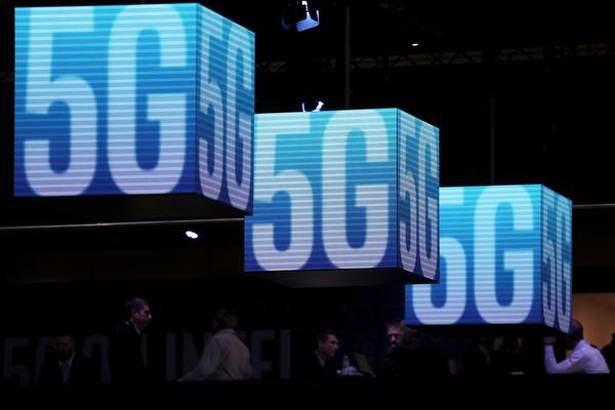What telcos must do to deploy profitable 5G network
Kachwala suggests that telcos should appropriately consider deployment strategy based on requirements, use full 5G spectrum across low, mid, and high-frequency ranges, and explore the possibility of using Open RAN to deploy a profitable 5G network.
Mobile operators across the globe and in India are facing the same question – i.e. how fast and how big they should invest in building a 5G network. The common challenge is the massive CAPEX investment required to build a 5G network and acquire a new frequency spectrum. At the same time, operators are seeing flat revenue generation or even decline due to competitive pressure.
With the spectrum being planned within a few months across India, telecom operators must consider the following points, to achieve profitable deployment:
Deployment strategy
In the past, the rollout strategy was the same for all. Going forward operators must be super surgical in network deployment. Operators must have a tight link between the network investment and commercial value that they can derive. They must strategize which capability and to what capacity they must invest in which area, depending on the study/research of how people use the network in that area. For example, a 5G network deployment for a residential area will be different from an industrial zone.
Full use of frequency spectrum
5G needs spectrum across low, mid, and high-frequency ranges to deliver widespread coverage and support all use cases. Low bands are needed to extend high-speed 5G mobile broadband across urban, suburban, and rural cases. With low bands, the number of towers required will be less, while mid bands will offer a mixture of coverage and capacity with deeper penetration in-buildings.
High bands are needed for 5G services such as ultra-high-speed mobile broadband. High bands requirement in the number of towers will significantly increase, resulting in an overall increase in CAPEX and OPEX.
Hence, a 5G network deployment in rural areas with low band frequencies will be different from Metro cities where high band frequency deployment will be required.
Exploring Open RAN
A significant amount of total network cost to build a wireless network is related to Radio Access Network (RAN) segment. Any reduction in the RAN equipment will significantly help wireless operators in cost savings.
In traditional network deployments, the RAN software and hardware remain exclusive to a single vendor. Hence if an operator wants to do any upgrade to the network, it is required to replace all the hardware and software.
Open RAN is a movement to define and build 2G, 3G, 4G, and 5G RAN solutions based on general-purpose, vendor-neutral hardware and software-defined technology.
Unlike traditional RAN, Open RAN architecture decouples hardware and software. This means RAN hardware – e.g., baseband units (BBU), and remote radio units (RRH), can be procured from any vendor and managed by Open RAN software to enable equipment interoperability and multivendor RAN deployments.
There are another two elements to Open RAN:
Virtual RAN (vRAN)–Virtualizing the baseband unit, so that it runs as software on a generic hardware platform; Centralized/Cloud RAN (C-RAN)–consolidating the RAN hardware and migrating it to a cloud-native architecture.
All instances of Open RAN, eliminate vendor lock-in and lead to a significant reduction in CAPEX and OPEX for operator radio access networks (RAN).
In summary, for the 5G deployment in India, few regulatory aspects remain to be resolved. The pace of deployment of 5G in India has further been halted by the Covid-19 pandemic. At the same time, service providers have already started conceptualizing and testing 5G deployments to maximize the CAPEX savings.
Now telecom operators need to evaluate how network infrastructure and the associated cost will evolve over the next few years and the right kind of approach needed for the deployment. Telecom operators will then be in a strong position to win the race for early 5G commercialization.
https://telecom.economictimes.indiatimes.com/news/what-telcos-must-do-to-deploy-profitable-5g-network/82823836





